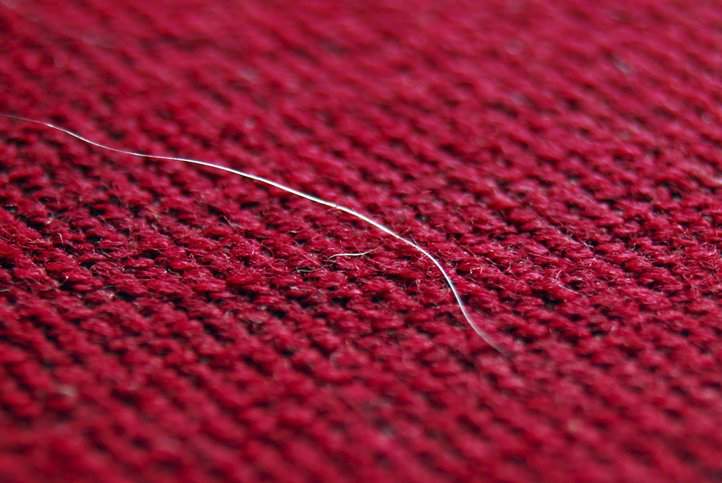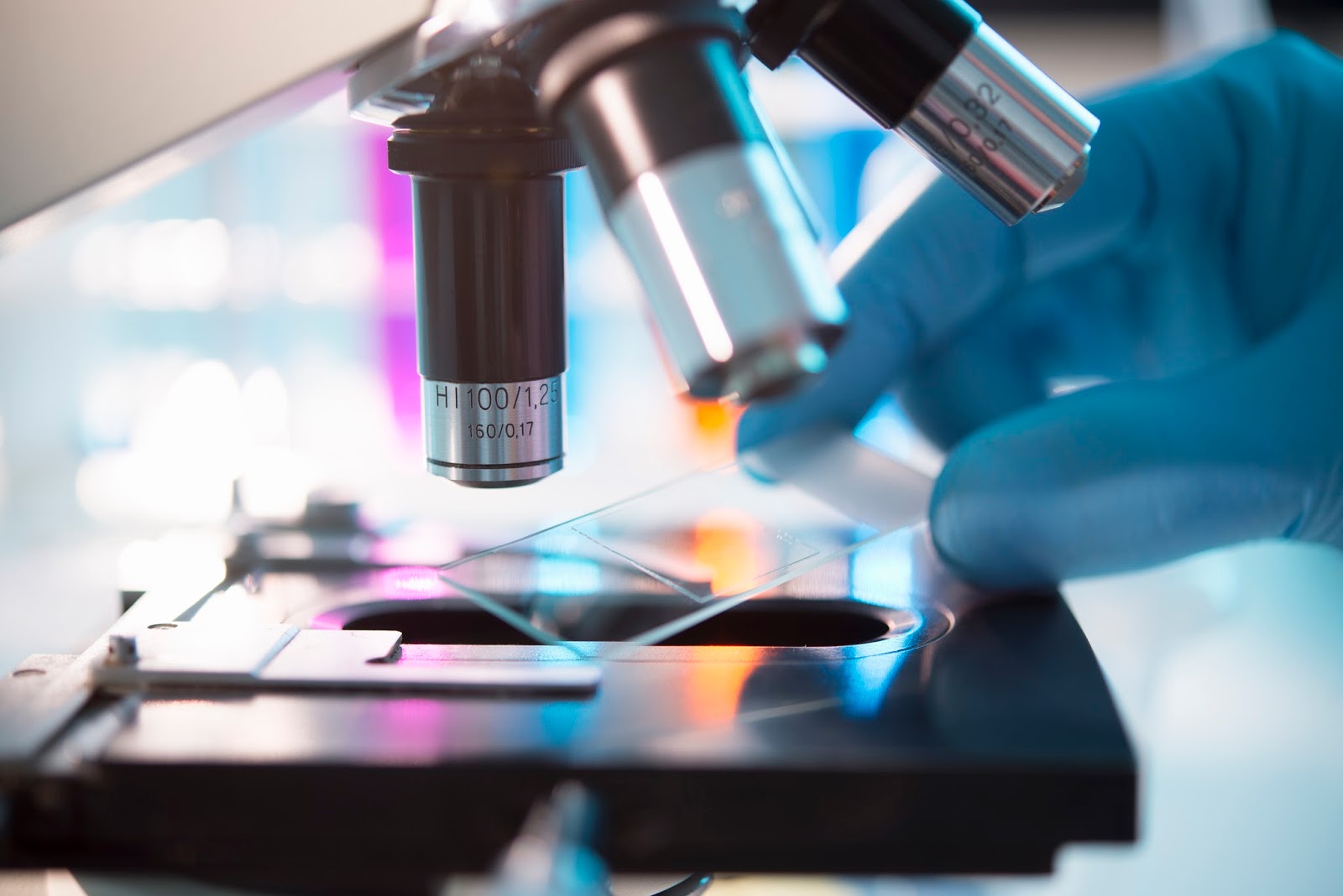Forensic Fiber Analysis Standards

The physical world is completely different at the microscopic level, as minuscule objects that appear virtually nonexistent to the naked eye become visible. An understanding of the tiny massed objects in this enhanced view can be very beneficial. Take for example, fibers, or the small, thread-like objects that are significantly longer than they are wide and can consist of a slew of materials. Since it is easy for us to forget about a single fiber, even though they are practically always with us, these small objects are incredibly important for forensic investigations and analyses, serving as essential evidence for demonstrating an individual’s past locations and activities.
Forensic Examination of Fabrics (ASTM E2225)
Forensic fiber analysis practices are supported today by the succinct body of knowledge on fibers and their origin. Because of this, through laboratory testing of practically every sample found, experts can easily identify the material present and link it to the same material somewhere else. Adding to this collective understanding can only help. As stated in ASTM E2225-19a – Standard Guide for Forensic Examination of Fabrics and Cordage, gaining an understanding of “the construction, composition, and color of a textile can aid the examiner in including or excluding a textile for consideration in a forensic examination.”
Microscopic Examination of Textile Fibers (ASTM E2228)
The first step of the analysis of fibers of interest is their extraction. This part of the process is fairly simple, but efforts should be made to prevent contamination of the sample. ASTM E2228-19 – Standard Guide for Microscopic Examination of Textile Fibers proposes several recommended extraction methods, including tweezers, tape lifting, and gentle scraping. Tape lifts should be placed on clear uncontaminated substrate, and sound efforts should be made to keep all materials clean.
After careful extraction, fibers should be first examined with a stereomicroscope, with which physical features, such as crimp, length, color, relative diameter, luster, apparent cross section, damage, and adhering debris, should be noted. Initial observations of these can help to classify the fiber samples into broader groups, such as synthetic, natural, or inorganic.
Pursuing all possibilities in a broad sense is a necessity for forensic fiber analysis, simply due to the variety of fibers present in the world. Quickly narrowing down all of the originating options for a fiber prevents the forensic specialists from pursuing any false conclusions. For example, one can classify a fiber as a strand of animal hair if it carries its common morphological features: the root, medulla, cortex, and cuticle. Experts can then determine the species of the animal through additional features on the hair shaft.

After basic microscopic examination, it is often important for fibers to be examined through a comparison microscope. This side-by-side, point-by-point examination technique is highly valuable, as it can discriminate between two fibers that appear identical when observed under a single microscopic lens. Comparisons are incredibly important for attaining accurate evidence, since they can link the fibers found on a suspect to those found at the scene of a crime.
Forensic Examination of Dyes (ASTM E2227)
Other procedures for analysis can help this process. For the comparison of textile fibers, observations in dye coloration can simplify the link between two fibers from the same source. One common method for observing this is through thin-layer chromatography (TLC), “a separation technique in which the flow of solvent causes the components of a mixture to migrate differentially from a narrow initial zone over a planar, thinly-applied porous adsorptive medium.” This method is addressed in ASTM E2227-13 – Red Standard Guide for Forensic Examination of Non-Reactive Dyes in Textile Fibers by Thin-Layer Chromatography (Standard + Redline PDF Bundle).
Forensic Analysis of Fibers with Infrared Spectroscopy (ASTM E2224)
Another complementary method for identifying fibers is microscopic infrared analysis, in which an infrared microscope is paired with an infrared spectrometer to interpret absorption spectra. Fourier transform infrared (FT-IR) is the standard for mid-infrared spectrometer used in this method. However, infrared spectral analysis is only applicable for synthetic, manmade fibers. For natural fibers, as noted in ASTM E2224-19 – Standard Guide for Forensic Analysis of Fibers by Infrared Spectroscopy, “no additional discriminating compositional information of the fiber is provided over that yielded by light microscopy.”
Reliable forensic fiber analysis is important because it cannot only provide leads for certain investigations, but it can also grant investigators the key evidence needed to solve major crimes. From 1996-2002, a serial killer was at large in Spotsylvania, Virginia, and an assembled taskforce pursued 12,000 leads. When they eventually found the killer, the police and FBI agents on the taskforce were able to link him to all of the crime scenes through hair remains and particular blue fibers. In cases like this, forensic fibers are a major component of the total evidence to complete investigations.
Forensic Fiber Analysis Standards are available on the ANSI Webstore.
ANAB Forensics Accreditation
With the assortment of activities and services that comprise forensic fiber analysis, forensic agencies need to be able to convey their competencies.
The ANSI National Accreditation Board (ANAB) accredits forensic service providers and forensic inspection services to instill confidence in the industry. Considering the range of organizations that offer forensic services (law enforcement agencies, environmental laboratories, public health organizations, etc.), the disciplines for which ANAB offers forensic related accreditation are numerous.
You can learn more about the different ANAB forensic accreditation programs here.






